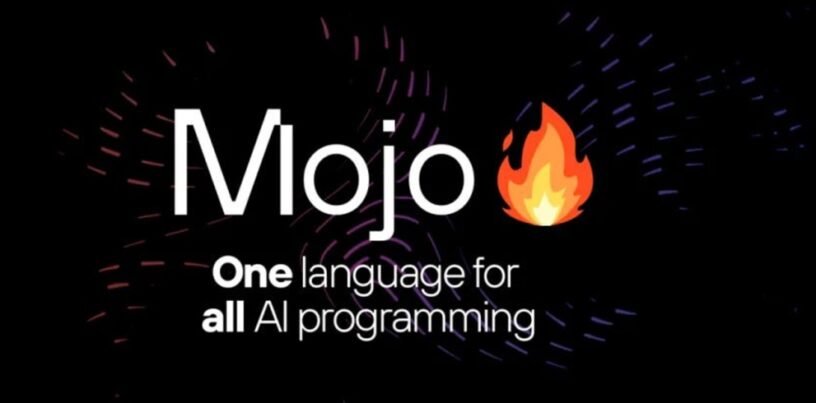Have you ever felt like you’re wrestling with Python when it comes to building AI applications? You’re not alone. While Python is a fantastic general-purpose language, it can sometimes feel clunky and slow when dealing with the complexities of AI.
But fear not! A new generation of programming languages is emerging, specifically designed to make AI development a breeze. These languages are called AI-first languages, and they’re poised to revolutionize the way we build intelligent systems.
So, what exactly is an AI-first language?
Think of it this way: Python is like a Swiss army knife – it can do a lot of things, but it’s not necessarily the best tool for every job. An AI-first language, on the other hand, is like a specialized power tool designed for a specific task. It may not be as versatile as Python, but it excels at building and deploying AI models.
Here’s why AI-first languages are getting so much buzz:
- Speed: Imagine training an AI model in a fraction of the time it takes with Python. That’s the kind of performance boost you can expect from AI-first languages like Mojo. Mojo can be up to 35,000 times faster than Python! That’s a game-changer for developers who need to iterate quickly on their AI models.
- Hardware Integration: These new languages are built to seamlessly integrate with the latest AI hardware, like GPUs and TPUs. This means you can take full advantage of the processing power available, without having to write complex low-level code.
- Safer Coding: Developing AI models can be tricky, and there’s always the risk of introducing bugs that can lead to unexpected results. AI-first languages often come with built-in features that help prevent these errors, making your code more reliable and robust.
Let’s talk Mojo!
One of the most exciting AI-first languages out there is Mojo. Mojo is actually a superset of Python, which means it includes all the familiar Python syntax you already know and love, plus a bunch of new features specifically designed for AI development.
So, if you’re looking to build high-performance, efficient AI models, Mojo is definitely worth checking out. It’s open-source and gaining traction in the AI community, so there’s a wealth of resources available to help you get started.
Real-life examples of AI-first languages in action:
- Self-driving cars: Imagine the amount of data and processing power needed to train a self-driving car to navigate the real world. AI-first languages can streamline this process by making it easier to develop and deploy the complex algorithms that power these vehicles.
- Medical diagnosis: AI is being used to analyze medical images and data to help doctors diagnose diseases more accurately. AI-first languages can accelerate the development of these AI-powered tools, potentially saving lives.
- Financial forecasting: Financial institutions are using AI to predict market trends and make investment decisions. AI-first languages can make it easier to build the sophisticated models needed for this type of analysis.
The future of AI development is AI-first
As AI continues to evolve, so too will the programming languages used to create it. AI-first languages represent a significant leap forward, offering developers the tools they need to build powerful, efficient, and reliable intelligent systems.
So, if you’re looking to stay ahead of the curve in the exciting world of AI, be sure to keep an eye on the development of AI-first languages like Mojo. They just might be the game-changers we’ve been waiting for.
I hope this conversation piqued your interest in AI-first programming languages! If you have any questions, feel free to leave a comment below.

Will Mojo replace Python?
Unlikely in the near future. While Mojo boasts impressive speed, Python’s popularity and vast ecosystem make it a strong choice for many tasks.
Can Mojo run Python code?
No, Mojo is not designed to run Python code directly. However, Mojo’s syntax is similar to Python, making it easier for Python programmers to learn.
Is Mojo 68000 faster than Python?
Benchmarks suggest Mojo can be significantly faster than Python, especially for computationally intensive tasks. This is because Mojo is compiled, while Python is interpreted.
Should you learn Python before Mojo?
Absolutely. Python is a foundational language with a massive community and resources. Learning Python first will give you a strong base for potentially moving to Mojo later.




Leave a Reply